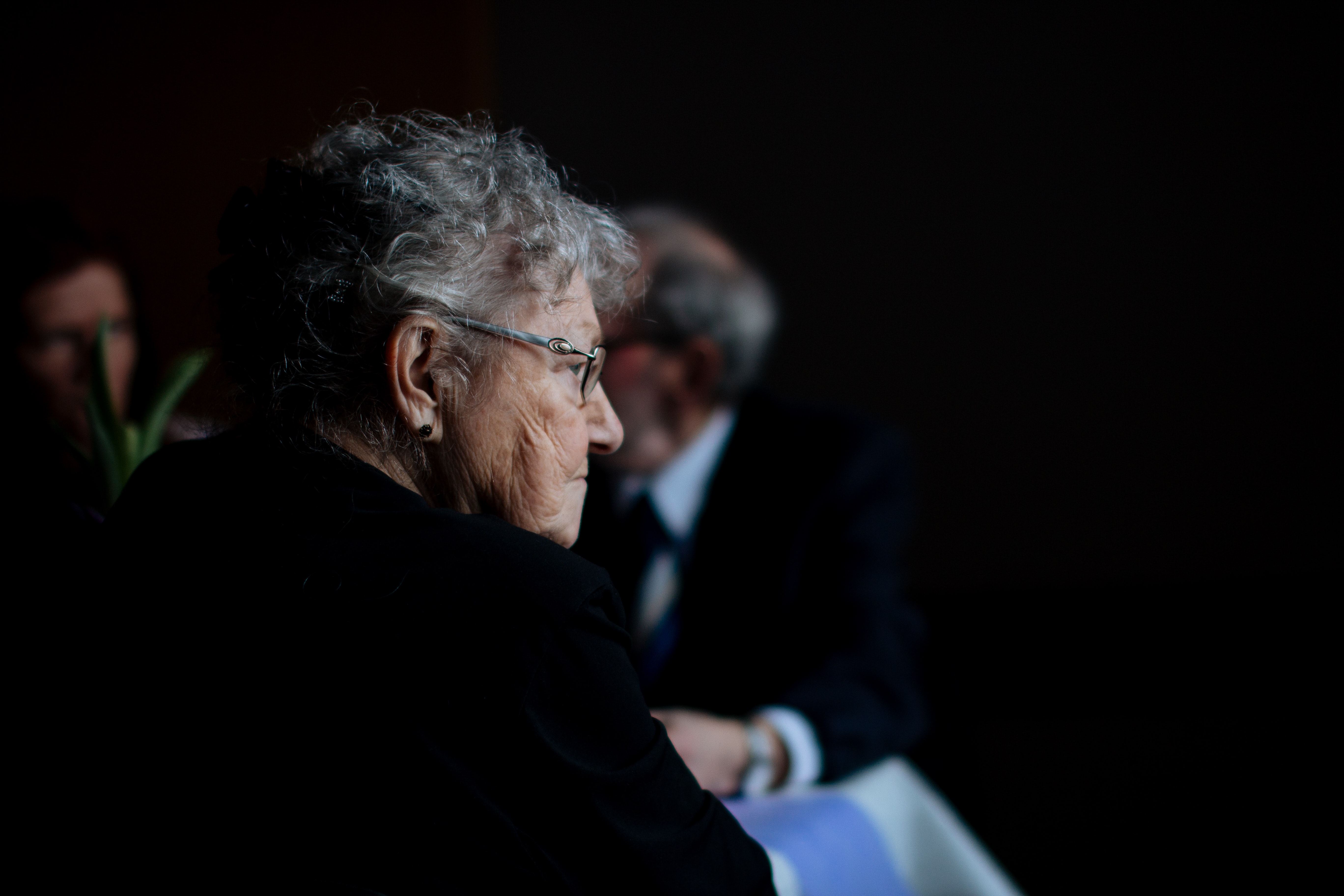Researchers asked older adults about the strategies they use for combatting loneliness. Here’s what they said.

Dario Mitidieri / Getty Images
In an ever-more connected world, it would be easy to assume that loneliness was on its way out — after all, we now have unlimited opportunity to communicate with almost anyone we want at any time we please.
But, in fact, it’s still rife: according to the Campaign To End Loneliness, over nine million people in the UK describe themselves as “always or often lonely.” Age has an impact here, too: an Age UK report suggested that the number of over-50s experiencing loneliness will reach two million by 2025 — a 49% increase from 2016.
And with researchers suggesting that loneliness can be seen as a disease that changes the brain’s structure and function, this is a significant public health issue, too. You are more likely to have high blood pressure, depression and even face an early death if you’re lonely, so finding strategies with which to combat the experience is vital.
New research in Aging & Mental Health by Alejandra Morlett Paredes from the University of California, San Diego and colleagues may have some tentative answers. The team interviewed 30 adults aged between 65 and 92, all of whom lived in a senior housing community in San Diego. The community is busy: there are nearly 300 residential units, as well as a tennis court, small golf course and allotment plots. Activities like quilting and sewing sessions, card games, and theatre performances are frequently held for residents.
First, residents were asked to complete a quantitative loneliness assessment. The word “lonely” is not used explicitly in the test; rather, participants were asked to rate how frequently they felt in tune with others around them or how often they felt left out, on a scale of one to four.
They were then interviewed by the team about their experiences of loneliness. Four primary areas were explored: whether participants felt lonely, and how they’d describe those feelings; why they think others feel lonely; how they feel ageing plays a role in loneliness; and what strategies they have for combatting feeling isolated.
Ageing, as you might expect, had a big impact on participants’ feelings of loneliness. The deaths of partners and loved ones was particularly difficult, while participants also commented on how loss of mobility restricted their social activities. Social skills were also identified as a risk factor: one participant noted that those without strong social skills may be more likely to suffer.
Emotionally, loneliness was (unsurprisingly) connected to feelings of emptiness, sadness and lack of meaning. One participant described herself as feeling “lost… and not having control, and sometimes it can lead you to not be able to make decisions and then it just gets worse”, whilst another described loneliness as “the feeling of nothing”.
But many participants also commented on strategies they used to protect against loneliness. Though ageing was a risk factor, acceptance of ageing had more positive outcomes. As one participant put it: “I used to mountain climb… If I can’t walk anymore, I’ll crawl. You have to learn how to be realistic and not brood about it. I know I’m getting older, but I consider life a transition.” Compassion was also useful: being proactive about helping others, for example, helped some participants prevent being lonely.
Spirituality also emerged as a potentially protective trait: for some older people, faith helped them get through the losses of loved ones, and attending religious ceremonies within the community also provided them with strong social connections.
Perhaps most useful on a practical level were participants’ thoughts on environments that facilitate social interaction. Numerous residents mentioned the activities and opportunities for socialising offered by their community — perhaps a good insight into the kind of social structures that need to be developed and embedded within communities to help older people connect with others.
Participants were largely middle or upper-middle class, and the vast majority were white, which means these findings may not bear out across different socioeconomic groups. Those experiencing poverty or racism, or who don’t live in similar assisted living communities, are unlikely to have the same experiences
But working on both structural changes and learning about protective psychological factors may be a crucial weapon in the fight against loneliness.
Emily Reynolds (@rey_z) is a staff writer at BPS Research Digest.
Reprinted with permission of The British Psychological Society. Read the original article.





